The animal kingdom is a wild world of innovation, where survival often depends on outsmarting others. Predators have honed their skills over millennia, developing clever tactics that give them the upper hand. From the skies to the deep seas, these creatures show that sometimes brains beat brawn. So, buckle up as we dive into the fascinating world of cunning hunters and discover 14 creatures that have turned outsmarting their prey into an art form.
1. The Octopus’s Disguise Game
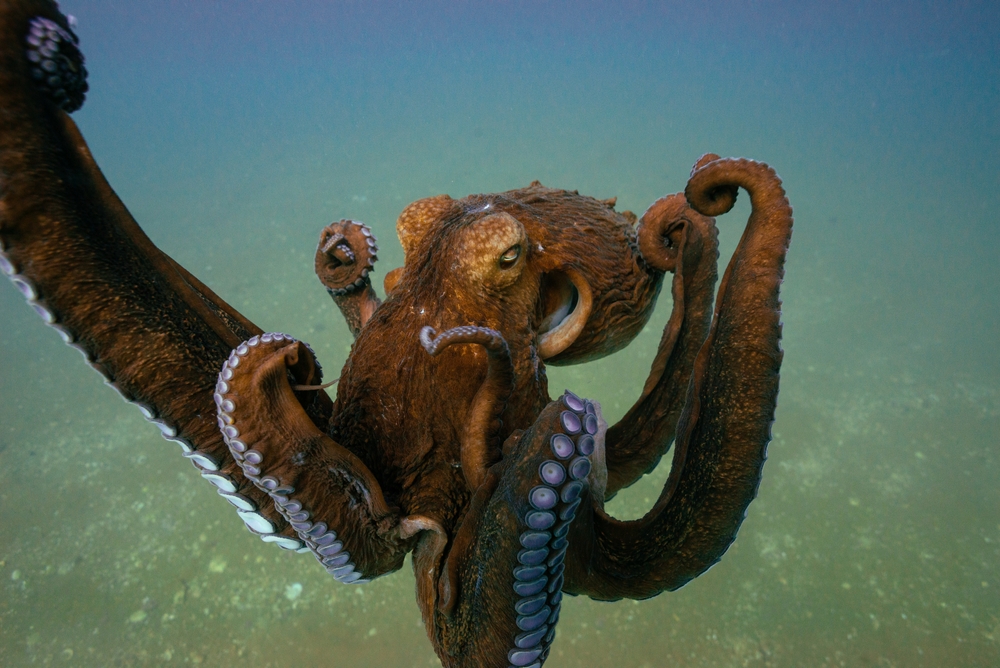
Octopuses are the masters of camouflage, using their ability to change color and texture to blend seamlessly with their surroundings. But their sneakiness doesn’t stop there. Some species, like the mimic octopus, can impersonate other sea creatures, such as lionfish or flatfish, to get close to their prey without raising suspicion. This transformative trickery allows them to ambush unsuspecting victims or slip away from potential threats. It’s a game of hide-and-seek that they typically win, proving they’re the stealthy swindlers of the sea.
2. The Archerfish’s Precision Shooting
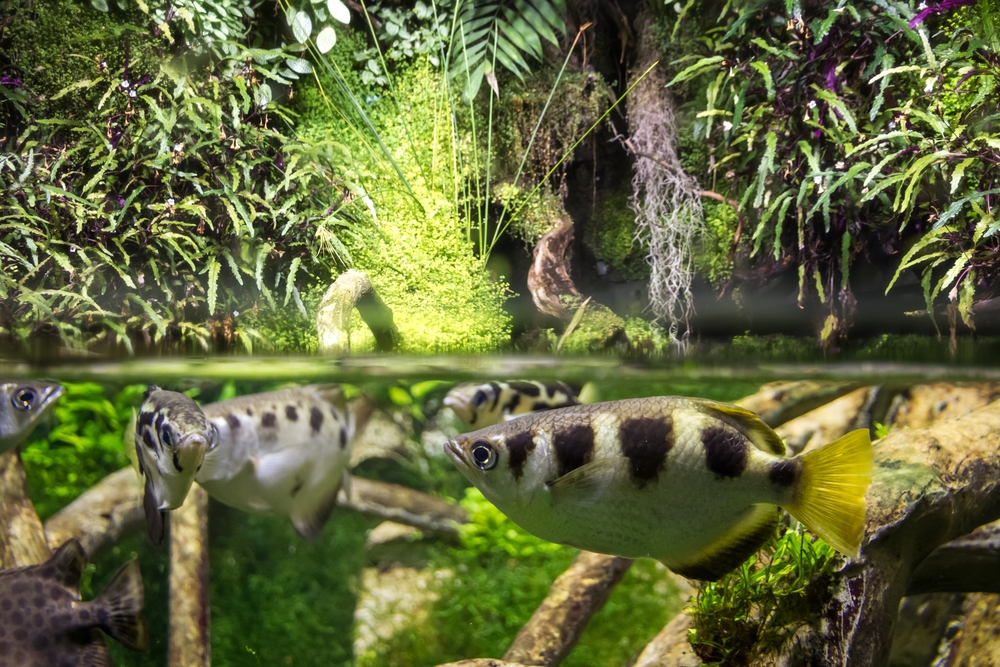
Living in jungled waterways, the archerfish has developed a remarkable hunting technique that involves spitting jets of water to knock insects off leaves and into the water. These fish are like sharpshooters, accurately hitting targets from several feet away. They calculate the angle and force needed to compensate for light refraction in water, a level of precision that would make even the best marksmen envious. This skill allows them to feast on insects that other fish can only dream of catching.
3. The Cunning Coyote Chorus

Coyotes are known to use teamwork and vocal trickery to catch their prey. By howling and yipping in coordinated choruses, they create an illusion of greater numbers, which helps them to confuse and corral prey. This clever auditory ruse allows them to hunt more efficiently as a pack. It’s a testament to their social intelligence and adaptability, turning even the simplest of wild spaces into concert halls of cleverly orchestrated chaos.
4. The Bolas Spider’s Lasso Skills
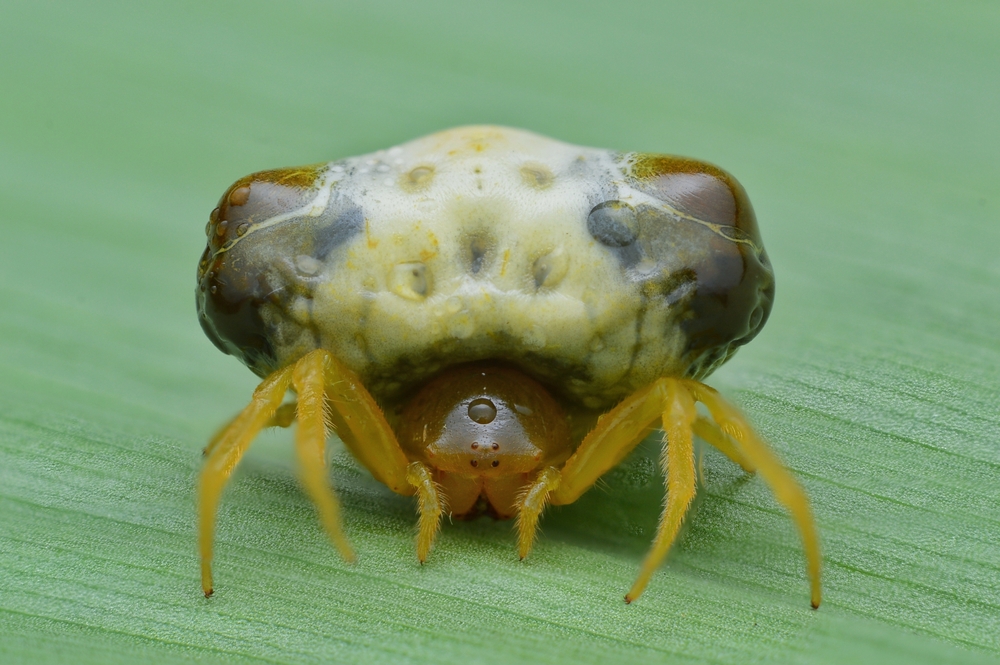
Most spiders spin webs, but the bolas spider takes a different approach by using a thread with a sticky, ball-like end—its signature bolas—to capture moths. Swinging this sticky orb like a lasso, the spider reels in its prey with surprising accuracy. What’s more, it releases pheromones that mimic those of female moths, luring males into its trap. This combination of chemical mimicry and physical prowess makes the bolas spider a master of deception and an expert hunter.
5. The Trapdoor Spider’s Ambush

The trapdoor spider takes the art of surprise to a whole new level. These arachnids construct burrows with cleverly camouflaged lids made from soil and silk. When prey wanders too close, the spider senses vibrations, flips open the trapdoor, and drags its victim inside. It’s an ambush of epic proportions, where patience and precision culminate in a lightning-fast strike. Living in concealment, these spiders prove that sometimes the best offense is a well-hidden defense.
6. The Bottlenose Dolphin’s Bubble Net

Bottlenose dolphins have turned bubble blowing into a sophisticated hunting technique. By working collectively, they create circular walls of bubbles to trap fish schools, driving them toward the surface. Once the fish are disoriented and contained, the dolphins rush in to catch them. This cooperative and strategic hunting method showcases their intelligence and teamwork, demonstrating that dolphins are not just playful marine mammals but also shrewd strategists of the sea.
7. The Portia Spider’s Calculated Moves
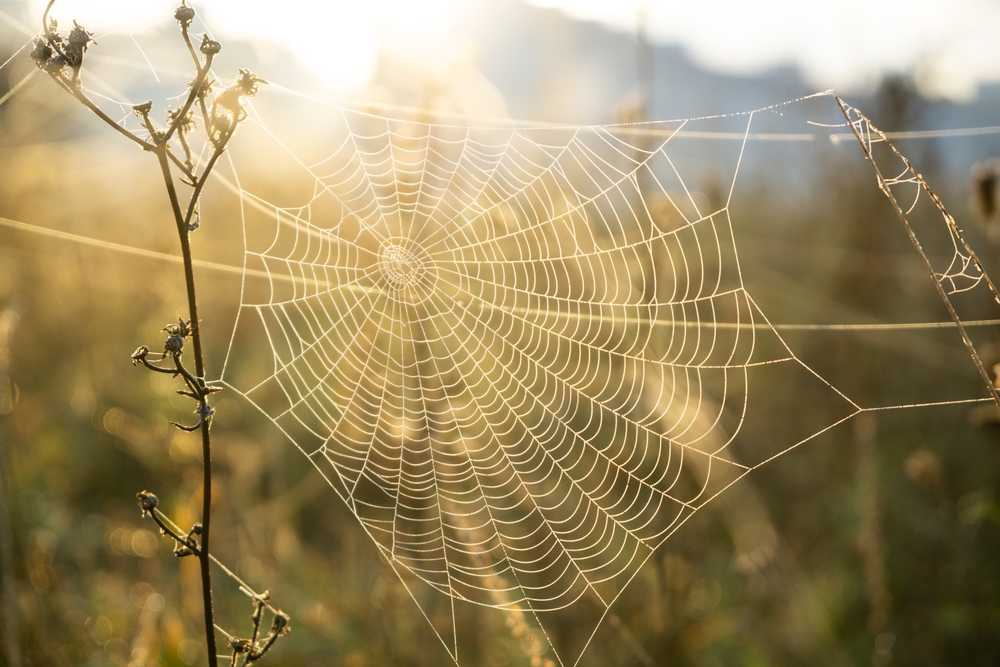
Portia spiders are the chess masters of the spider world, exhibiting extraordinary problem-solving skills. These arachnids use trial and error, visual cues, and strategic planning to outmaneuver other spiders. They’re known to approach prey from different angles, adjusting their tactics as needed. Remarkably, they also imitate vibrations on webs to lure unsuspecting victims. With a mix of cunning strategy and adaptability, Portia spiders embody the phrase “brains over brawn,” proving that even tiny hunters can have big smarts.
8. The Loggerhead Shrike’s Utilitarian Stash
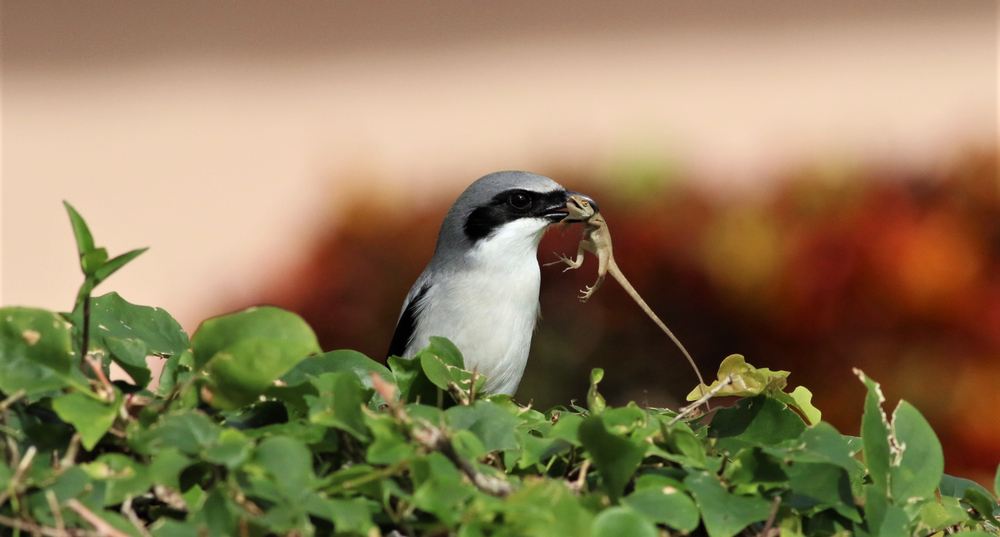
Known as the “butcher bird,” the loggerhead shrike has a gruesome but effective way of securing its meals. Lacking the talons of a typical raptor, it impales its prey on thorns or barbed wire to tear it apart and store it. This practice not only overcomes its physical limitations but also allows the shrike to stash food for later consumption. It’s the ultimate in avian ingenuity, turning everyday obstacles into survival tools and showcasing a grisly but genius adaptation.
9. The Cuttlefish’s Hypnotic Display
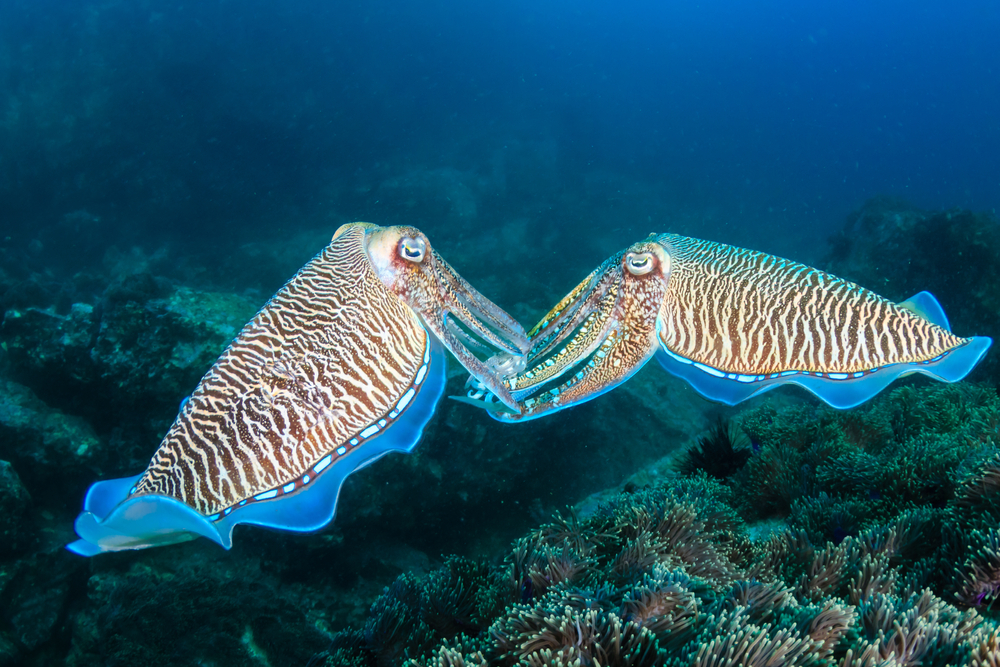
Cuttlefish are the ocean’s mesmerists, using pulsating color changes to dazzle and confuse their prey. This hypnotic display can immobilize fish, making them easier to catch. Beyond their visual prowess, cuttlefish possess complex brains, allowing them to solve problems and communicate through their vibrant displays. With their ability to mesmerize and strategize, these cephalopods demonstrate that sometimes, the key to outsmarting prey is a captivating light show.
10. The Antlion’s Death Trap
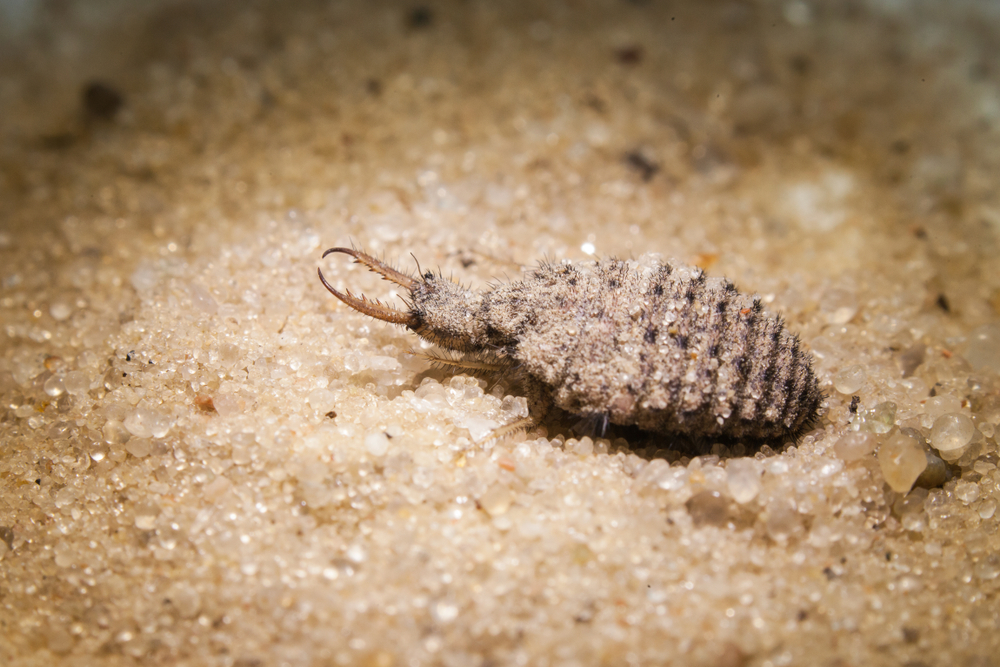
Antlions are the architects of doom, constructing sand pits to ensnare their prey. Larvae dig conical traps and lie in wait at the bottom, launching sand at any struggling insect that falls in to prevent escape. This lethal trap turns the odds in favor of the antlion, which can leisurely devour its prey once caught. These pits are a testament to the power of passive hunting, where patience and an inviting trap do the heavy lifting.
11. The Asian Giant Hornet’s Heat Strategy
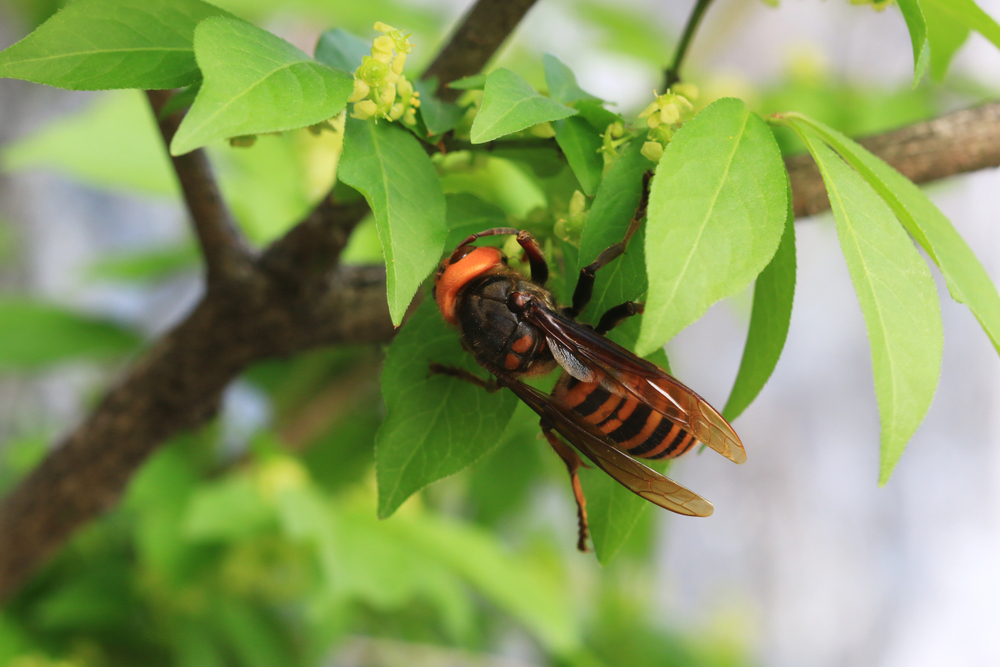
Asian giant hornets, when faced with the task of raiding a bee hive, employ a clever scheme. They attack in groups, overwhelming the hive’s defenses. But the real genius lies in their heat tolerance; hornets can survive temperatures that bees cannot. They use this to their advantage by luring bees into battle and then retreating to let the heat of the sun weaken them. This thermal warfare highlights the hornet’s ability to exploit environmental conditions to tip the scales in their favor.
12. The Firefly Squid’s Light Manipulation
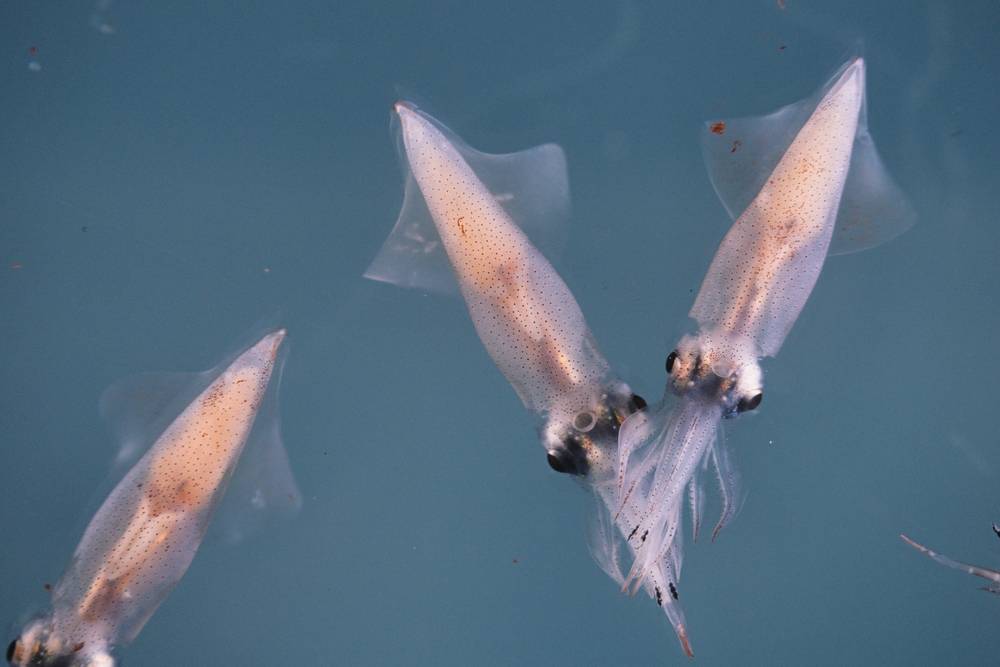
The firefly squid uses bioluminescence to both attract prey and avoid predators. By emitting light, it creates a dazzling spectacle that lures small sea creatures into its grasp. Simultaneously, it can adjust its glow to match the ambient light, effectively camouflaging itself from predators. This dual-purpose light show is both a lure and a shield, showcasing the squid’s adaptability in the dark depths of the ocean. It’s a brilliant blend of offense and defense in the ultimate deep-sea dance.
13. The Kestrel’s Ultraviolet Vision

Kestrels are raptors with a secret weapon: the ability to see ultraviolet light. This unique vision allows them to detect urine trails left by voles, their primary prey. By following these glowing markers, kestrels can pinpoint where their next meal is hiding. This visual advantage gives them a leg up in the hunting game, transforming the landscape into a treasure map of potential prey. It’s a nifty adaptation that turns everyday sights into a feast of opportunities.
14. The Green Heron’s Fishing Tools
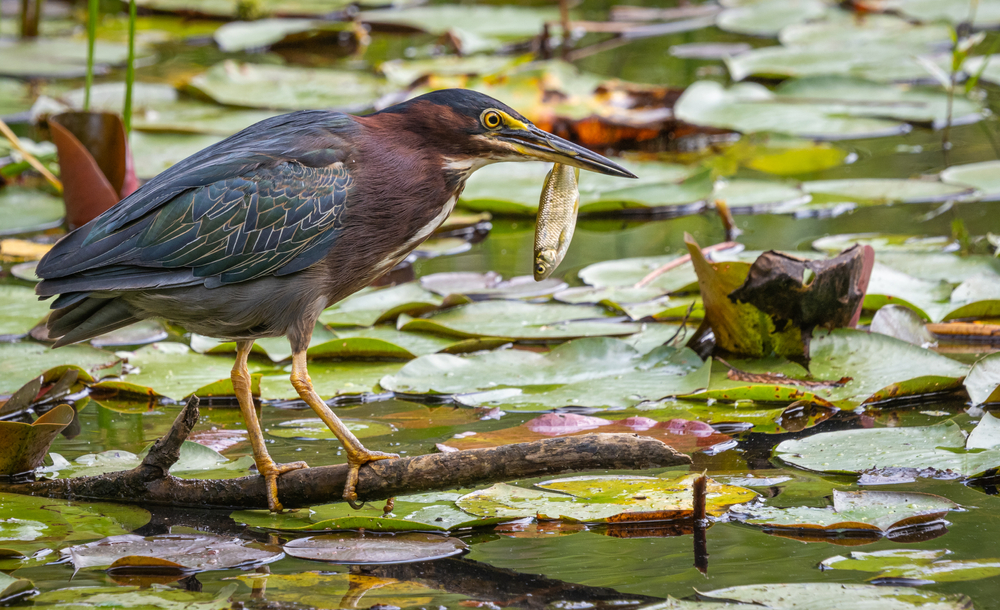
The green heron has taken a page from the human playbook, using tools to fish. These clever birds drop insects or small objects onto the water’s surface to lure fish. When a fish takes the bait, the heron swoops in for the catch. This behavior demonstrates not only their problem-solving skills but also their ability to adapt and innovate. By turning everyday items into fishing gear, gn herons showcase that sometimes, the smartest animals are also the most resourceful.
